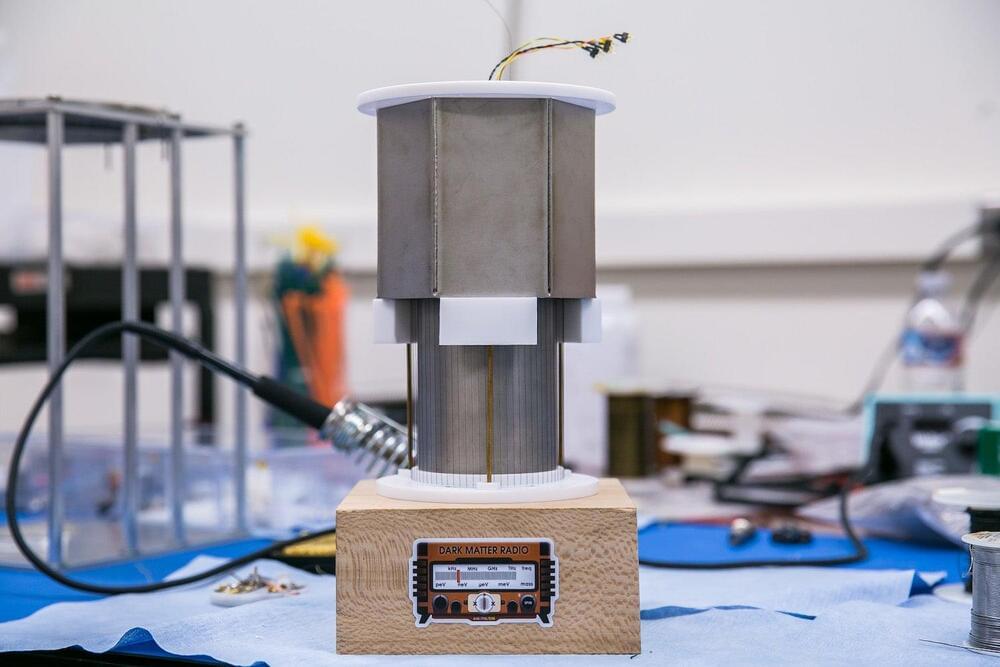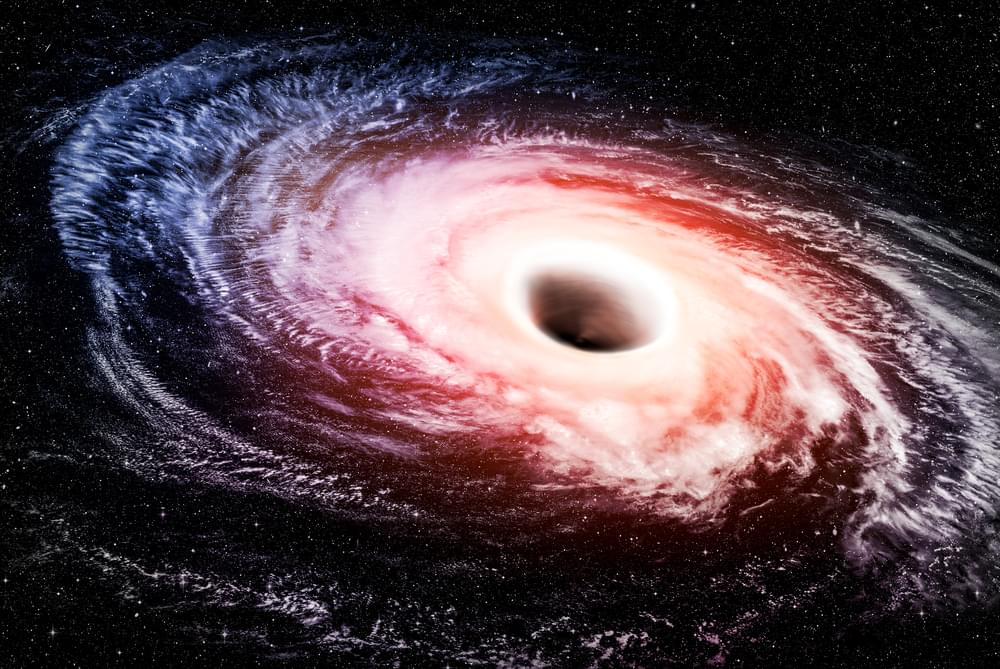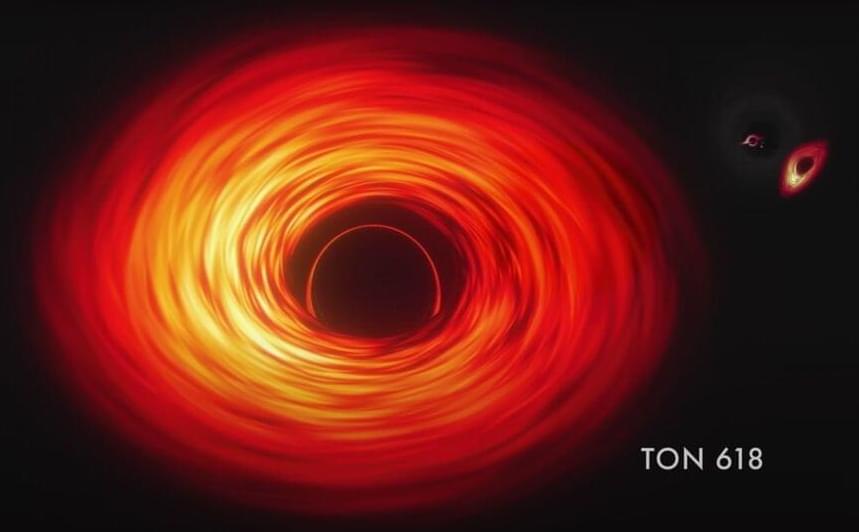What happened before the Big Bang? In two of our previous films we examined cyclic cosmologies and time travel universe models. Specially, the Gott and Li Model https://www.youtube.com/watch?v=79LciHWV4Qs) and Penrose’s Conformal Cyclic Cosmology https://www.youtube.com/watch?v=FVDJJVoTx7s). Recently Beth Gould and Niayesh Afshordi of the Perimeter Institute for Theoretical Physics have fused these two models together to create a startling new vision of the universe. In this film they explain their new proposal, known as Periodic Time Cosmology.
0:00 Introduction.
0:45 NIayesh’s story.
1:15 Beth’s story.
2:25 relativity.
3:26 Gott & Li model.
6:23 origins of the PTC model.
8:17 PTC periodic time cosmology.
10:55 Penrose cyclic model.
13:01 Sir Roger Penrose.
14:19 CCC and PTC
15:45 conformal rescaling and the CMB
17:28 assumptions.
18:41 why a time loop?
20:11 empirical test.
23:96 predcitions.
26:19 inflation vs PTC
30:22 gravitational waves.
31:40 cycles and the 2nd law.
32:54 paradoxes.
34:08 causality.
35:17 immortality in a cyclic universe.
38:02 eternal return.
39:21 quantum gravity.
39:57 conclusion.
Elizabeth Gould has asked to make this clarification in the written text ” “Despite the availability of infinite time in the periodic time model, this doesn’t lead to thermalization in a typical time-evolution scenario, and therefore doesn’t, strictly speaking, solve the problem related to thermalization in the power spectrum. The reason for this is that, unlike bounce models with a net expansion each cycle, our model has an effective contraction during the conformal phases. Periodic time, therefore, has a unique character in which it reuses the power spectrum from the previous cycles, which is confined to a given form due to the constraints of the system, rather than removing the old power spectrum and needing to produce a new one.”






